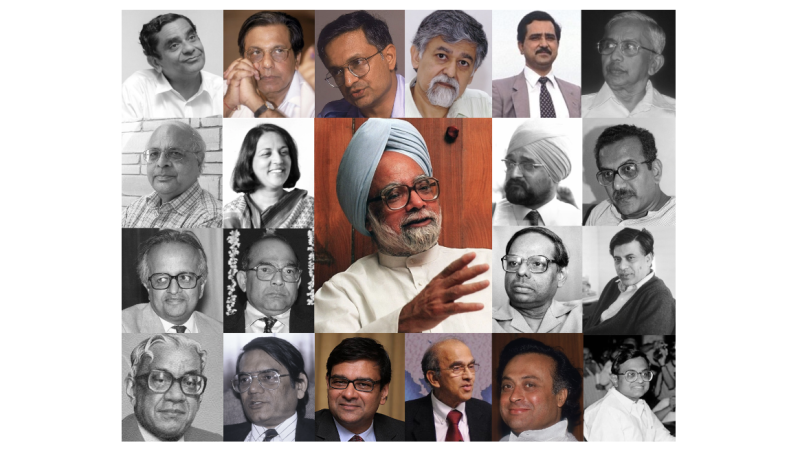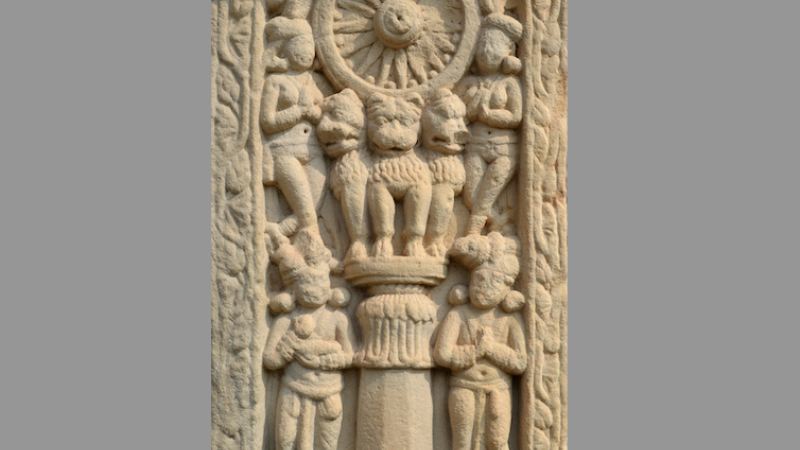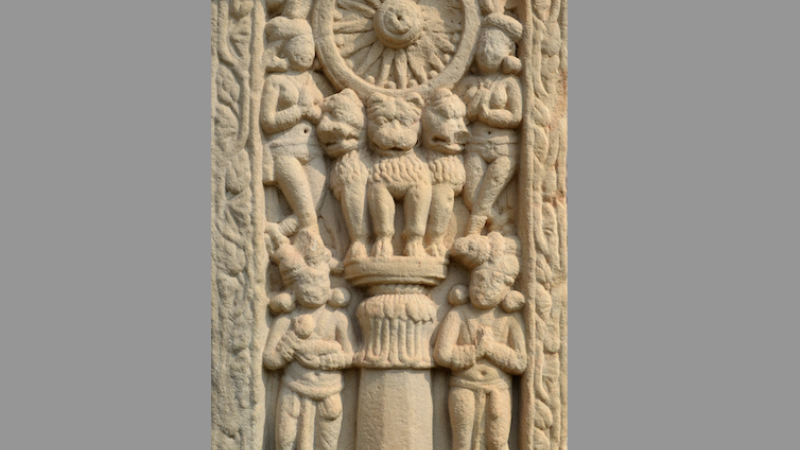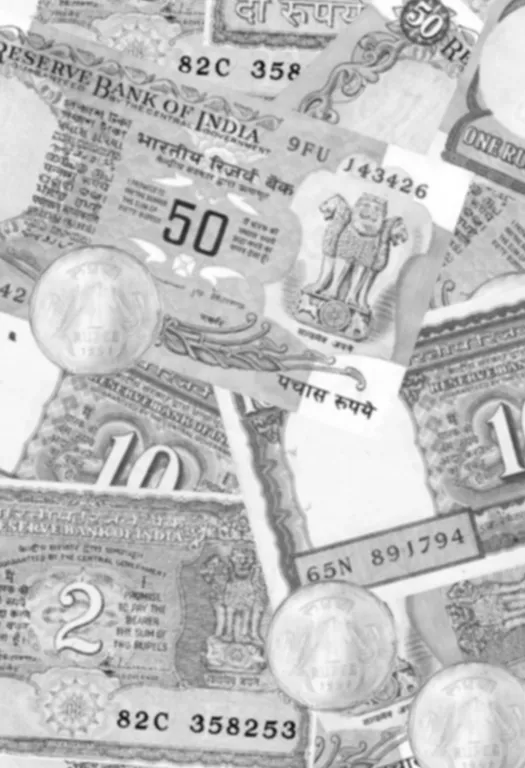The 1991 Project
On July 24, 1991, amid economic crisis and political turmoil, a budget speech of all things changed the course of Indian history.
After decades of socialist planning, India’s finance minister Manmohan Singh announced the country would embrace markets. It was a change that would leave no part of Indians’ lives untouched, and lift a quarter of a billion people out of poverty in the decades that followed.
Yet three-fifths of all Indians have been born since 1991. Having not experienced the crisis, nor the socialist regime that preceded it, they are unfamiliar with the dramatic impact of the 1991 liberalization and the lessons it holds for India’s future. On its 30th anniversary, we seek to revive the ideas and policies that can continue to foster economic growth in India.






